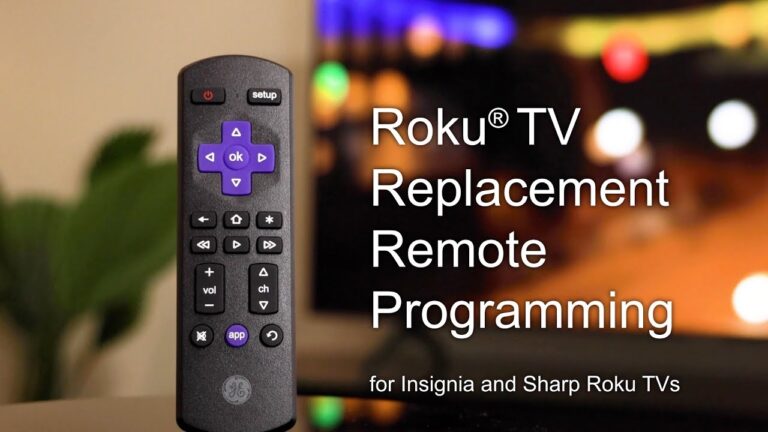
In the hastily evolving world of cryptocurrency portfolio control, Blockfolio has emerged as a key player, offering buyers and sellers real-time monitoring, information aggregation, and signal-based signals. But how considerable is its effect on the crypto market? The Blockchain Brief conducts an in-depth Blockfolio analysis theblockchainbrief to explore its influence on trading behavior, price movements, and investor decision-making.
This Blockfolio analysis examines:
- The position of Blockfolio in retail crypto trading
- How its sign characteristic influences market volatility
- User engagement tendencies and competitor comparisons
- Future developments and potential demanding situations
By the stop of this TheBlockchainBrief file, you’ll have a clearer understanding of Blockfolio’s marketplace footprint and whether it remains a must-have device for crypto lovers.
Blockfolio’s Role in Retail Crypto Trading
Blockfolio, received by using FTX in 2020 (before its crumble), has long been a cross-to app for retail investors dealing with multiple crypto portfolios. Unlike institutional-grade structures, Blockfolio caters to everyday buyers with capabilities like:
- Real-time fee tracking across 10,000 cryptocurrencies
- News aggregation from Pinnacle Crypto Resources
- FTX-included trading (previously to be had)
- Signal notifications from assignment teams
Our Blockfolio analysis reveals that the app’s ease of use has made it a favourite among new and intermediate traders. However, with the demise of FTX, Blockfolio lost its direct buying and selling capability, shifting its focus back to being a portfolio tracker and news hub.
Key Insight from TheBlockchainBrief:
Despite losing its buying and selling integration, Blockfolio remains applicable because of its Signal function, allowing tasks to talk directly with holders—a unique gain over competition like Delta or CoinStats.
How Blockfolio’s Signal Feature Influences Market Volatility
One of the maximum exciting components of Blockfolio analysis is its Signal feature, which allows crypto tasks to ship updates at once to customers. This has led to great market reactions, along with:
- Short-term rate pumps following major announcements
- Increased buying and selling volume after task updates
- Potential manipulation risks from unverified alerts
The Blockchain Brief determined cases in which low-cap altcoins experienced 10-20% rate surges minutes after a Blockfolio Signal was launched. While this demonstrates the platform’s effect, it additionally increases concerns about pump-and-dump schemes fueled by means of coordinated indicators.
The Blockchain Brief’s Take:
Blockfolio Signals may be a double-edged sword—valuable for valid assignment updates, however, unstable if exploited for market manipulation. Traders should pass-verify Signals with different resources earlier than making selections.
User Engagement & Competitor Comparison
How does Blockfolio stack up against rivals like Delta, CoinGecko, and CoinStats? Our Blockfolio evaluation compares key metrics:
| Feature | Blockfolio | Delta | CoinStats |
| Portfolio Tracking | ✅ | ✅ | ✅ |
| Direct Trading (Past) | ❌ (FTX shutdown) | ✅ | ✅ |
| News Aggregation | ✅ | ✅ | ✅ |
| Project Signals | ✅ | ❌ | ❌ |
| Exchange Sync | Limited | Extensive | Extensive |
The Blockchain Brief’s Findings:
- Blockfolio’s Signal feature gives it a facet in user engagement.
- Competitors like Delta offer better alternative integrations.
- CoinStats is gaining traction with advanced analytics.
Despite competition, Blockfolio retains a devoted person base, especially amongst altcoin buyers who rely on real-time mission updates.
Future Developments & Challenges
With the crypto market maturing, Blockfolio faces both opportunities and hurdles:
Opportunities:
- Rebuilding trading features (publish-FTX fall apart)
- Enhancing Signal verification to save you from misuse
- Expanding DeFi and NFT tracking
Challenges:
- Regulatory scrutiny over Signal-primarily based market movements
- Competition from all-in-one platforms (e.g., Koinly, CoinTracker)
- Restoring consider after FTX’s fallout
The Blockchain Brief’s Prediction:
If Blockfolio can reintroduce buying and selling talents and enhance Signal transparency, it will be able to reclaim its function as a top crypto portfolio app. Otherwise, competitors might also gradually erode its marketplace share.
Conclusion: Blockfolio’s Market Impact in 2024
Through this Blockfolio evaluation, TheBlockchainBrief has identified Blockfolio as a still-applicable but evolving device in the crypto space. Its Signal function stays a powerful differentiator, although reliance on it carries risks.
Final Takeaways:
Blockfolio excels in real-time updates; however, it lags in trading features submit-FTX.
Signals power volatility—investors should use them carefully.
Competition is heating up, requiring Blockfolio to innovate.
For now, Blockfolio remains a useful app for tracking portfolios and staying up to date; however, its long-term dominance relies on strategic improvements.
Stay tuned to TheBlockchainBrief for extra in-depth crypto device analyses!







